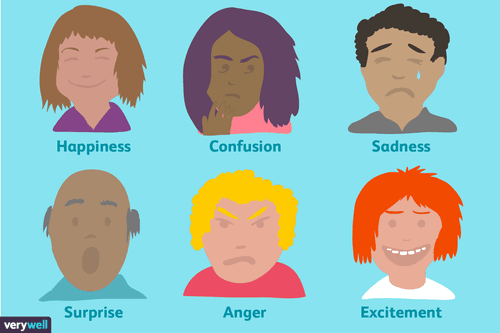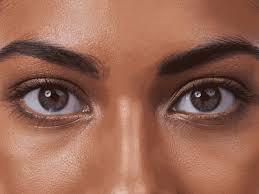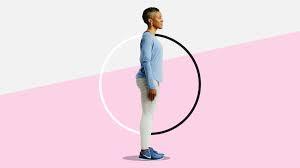Explore the World's Best Ideas
Join today and uncover 100+ curated journeys from 50+ topics. Unlock access to our mobile app with extensive features.
Eye signals
- Eye gaze: Directly eye contact indicates interest and paying attention. Prolonged eye contact can feel threatening.
- Blinking: People often blink more rapidly when they are feeling distressed or uncomfortable.
- Pupil size: Highly dilated eyes, for example, can indicate that a person is interested or even aroused.
742
3.59K reads
Lip signals
- Pursed lips: an indicator of distaste, disapproval, or distrust.
- Lip biting: signals people are worried, anxious, or stressed.
- Covering the mouth: used when people want to hide an emotional reaction.
- Turned up or down: When the mouth is slightly turned up, it might mean that the person is feeling happy or optimistic. A slightly down-turned mouth can be an indicator of sadness/ disapproval.
630
2.73K reads
Gestures
- A clenched fist indicates anger in some situations or solidarity in others.
- A thumbs up and thumbs down: gestures of approval and disapproval.
- The "okay" gesture: "okay" or "all right." In some parts of Europe, the same signal is used to imply you are nothing. In some South American countries, the symbol is actually a vulgar gesture.
- The V sign: peace or victory in some countries. In the UK and Australia, the symbol takes on an offensive meaning when the back of the hand is facing outward.
550
2K reads
Arms and legs
- Crossed arms: a person feels defensive, self-protective, or closed-off.
- Standing with hands placed on the hips: an indication that a person is ready and in control, or is a sign of aggressiveness.
- Clasping the hands behind the back: might indicate bored, anxiety, or even anger.
- Rapidly tapping fingers or fidgeting can be a sign that of boredom, impatience or frustration.
- Crossed legs can indicate that a person is feeling closed off or in need of privacy.
633
2.17K reads
Posture
- Open posture involves keeping the trunk of the body open and exposed. This type of posture indicates friendliness, openness, and willingness.
- Closed posture involves hiding the trunk of the body often by hunching forward and keeping the arms and legs crossed. This type of posture can be an indicator of hostility, unfriendliness, and anxiety.
592
2.26K reads
IDEAS CURATED BY
Harley J.'s ideas are part of this journey:
Learn more about communication with this collection
Ways to improve productivity
Strategies for reducing stress
Tips for managing email overload
Related collections
Similar ideas
6 ideas
13 ideas
6 ideas
Read & Learn
20x Faster
without
deepstash
with
deepstash
with
deepstash
Personalized microlearning
—
100+ Learning Journeys
—
Access to 200,000+ ideas
—
Access to the mobile app
—
Unlimited idea saving
—
—
Unlimited history
—
—
Unlimited listening to ideas
—
—
Downloading & offline access
—
—
Supercharge your mind with one idea per day
Enter your email and spend 1 minute every day to learn something new.
I agree to receive email updates



